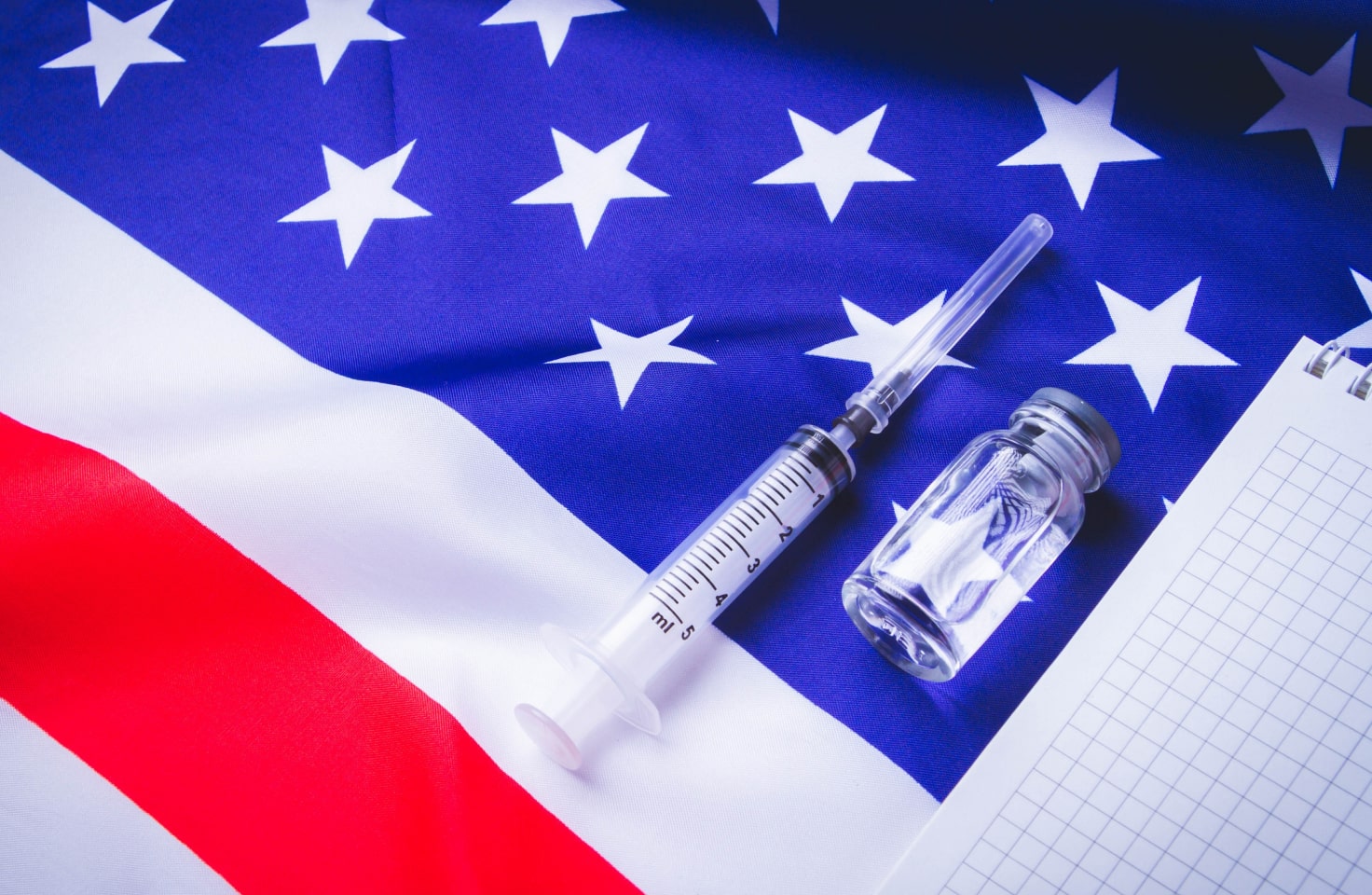T1D Guide
T1D Strong News
Personal Stories
Resources
T1D Misdiagnosis
T1D Early Detection
Research/Clinical Trials
Where Can I Get Screened for Type 1 Diabetes?
Previously, type 1 diabetes screening was limited to high-risk individuals and typically occurred only after symptoms appeared. Today, however, that’s changing—accessible screening programs and clinical trials are emerging across the globe.

Screening for type 1 diabetes (T1D) is becoming a valuable resource as doctors can now detect the disease in its earliest stages (stages 1 and 2) before symptoms appear.
Stages of Type 1 Diabetes
Over the past two decades, research from TrialNet has led scientists to recognize that type 1 diabetes progresses through three distinct stages, with the first two being pre-symptomatic. This breakthrough was made possible by studies involving more than 160,000 relatives of individuals with T1D.

Most importantly, early detection reduces the risks of life-threatening complications and allows participation in life-changing clinical trials and treatments that can delay or potentially prevent the onset of T1D.
Read on to discover the many benefits of catching type 1 diabetes early—and where you can get screened
Why Should I Get Screened?
We know genetics plays a role in type 1 diabetes (having a family member with T1D makes you 15 times more likely to get it); however, most people with T1D have no family history of the condition. Which means several environmental triggers may be at play. T1D screening helps researchers to understand the correlations between the two.
Also, one third of type 1 diabetes patients are misdiagnosed and not getting properly treated.
There are numerous benefits to detecting T1D at an early stage.
- Individuals can now delay T1D stage 3 (full insulin dependence) symptoms through clinical intervention and new disease-modifying therapies (DMTs), like Teplizumab, for close to three years.
- Individuals can avoid dangerous complications of diabetic ketoacidosis (DKA) and monitor the disease’s progress. Insulin therapy can stop the severe side effects of vomiting, lethargy, and coma.
- If diagnosed early, people can preserve their remaining beta cell (insulin-producing) production, which helps control blood glucose.
- Early detection offsets crisis mode, allowing for time to adjust mentally and physically to insulin therapy. It also provides more time to educate yourself on glucose monitoring and T1D management.
- Screening helps reduce long-term complications, as tight blood sugar control reduces the risk of kidney damage, nerve damage, eye disease and heart disease.
There are several (and a few free) T1D screening programs available across the United States.
T1D Testing Has Never Been Easier
Screening for T1D is quick and easy. A simple blood test detects the presence of autoantibodies (protein markers) in the blood, suggesting that the body’s immune system is attacking cells in the pancreas that produce insulin.

Here are several ways that you can get tested:
Primary Health Care Provider
Contact your primary care physician or family endocrinologist to order specialized autoantibody tests.
These tests include:
- GAD (glutamic acid decarboxylase) autoantibodies
- IA-2 (insulinoma-associated antigen) autoantibodies
- Insulin autoantibodies (IAA)
- ZnT8 (zinc transporter 8) autoantibodies
If a family member has T1D, this may be covered by your insurance. It’s worth a call to confirm what screenings are included and if any prior authorization is required.
TrialNet
TrialNet’s Pathway to Prevention is an international research network that offers FREE autoantibody testing to:
- T1D first-degree relatives between the ages 2-45 years old.
- T1D second or third-degree relatives between the ages of 2 and 20 years.
- Individuals 2 to 45 years old with a positive T1D autoantibody test outside of TrialNet.

TrialNet’s risk screening program offers three testing options:
- In-Home Test Kit: The test kit is delivered to your home, and you can ship it back free using FedEx contactless at-home pickup.
- Lab Test Kit: You can take the free screening kit to any Quest Diagnostics or LabCorp lab for a blood draw.
- TrialNet screening by appointment at one of its many locations. To find a TrialNet screening program near you, go to the website and enter your zip code
Visit trialnet.org/participate to learn more about its screening options.
Autoimmunity Screening for Kids (ASK)
The Autoimmune Screening for Kids (ASK) program, based out of the Barbara Davis Center at the University of Colorado, offers free autoantibody testing for type 1 diabetes and celiac disease for any U.S. children between the ages of 1-17, regardless of family history.

ASK’s Ask the Experts program offers a connection with a local specialist who can provide resources for patients and family members who have tested positive.
ASK offers an at-home screening kit for participants nationwide. Visit AskHealth.org to watch a quick video on the home kit screening option.
If you do screen positive through ASK or TrialNet, your T1D progression can be followed through the programs.
Screen for Type 1 Diabetes
Sanofi’s Screen for Type 1 offers comprehensive screening options that includes in-office and at-home test kits.
Its Screening Central offers information packed with answers to help with every step of the T1D Screening process. Once you enter your zip code, individuals can request an at-home test kit or have their blood drawn by a professional.
At-Home Test Kit: A collection kit is delivered to your home, and you should receive the results in one to 15 days with a post-clinical follow-up. Without insurance, the test cost is $144.
Lab Blood Draw: Professionals collect your blood sample, and results are received in ~ 20 days. If you decide to have a lab blood draw, the cost is $230
Enable Biosciences
Enable Biosciences is another option to test in the privacy of your own home. They also test for celiac disease. Its baseline type 1 diabetes risk test is a simple finger-prick sample that costs $89 with free shipping.

Labcorp and Quest Diagnostics
The labs, located throughout the country, can perform blood tests to check for T1D autoantibodies. Your physician can also order the tests for you.
If you screen positive through a lab, you can schedule an appointment with your primary care provider and have them run additional blood tests and a hemoglobin A1c test.
Breakthrough T1D (formerly JDRF)
Breakthrough T1D, part of the TrialNet Pathway to Prevention study, has developed an at-home test kit to detect T1D antibodies. Working with TrialNet, you can use Breakthrough T1D’s Screening Decision Tool to navigate the next steps.

Soon, T1D Strong can offer a test kit.
T1D Strong is preparing to launch a DNA test kit to help reduce the growing rate of diabetes misdiagnosis. By using DNA to determine your type of diabetes, you can avoid months—or even years—of trying to manage type 2 when you actually have type 1

What Should I Do if I Test Positive?
Lastly, testing positive for autoantibodies with type 1 diabetes means you have an increased risk of developing the disease. The autoantibodies suggest the immune system is targeting the insulin-producing beta cells in the pancreas, and the more autoantibodies there are, the higher the risk of T1D.
- Autoantibodies = Immune warning signs. These are markers that the immune system is reacting against insulin-producing beta cells in the pancreas
- Multiple autoantibodies = higher risk. The presence of two or more T1D-related autoantibodies is a strong predictor of eventual progression to clinical type 1 diabetes. Studies show that around 85–100% of people with multiple autoantibodies will eventually develop T1D, although it could take years.
- Single autoantibody = lower, less certain risk. Some individuals test positive for only one autoantibody and may never progress to type 1 diabetes, or they might progress very slowly
Consult your doctor or a screening program to learn your options. Recommendations include regular blood glucose level monitoring and future testing. If you’re in the early stages, you may be eligible for treatment to delay the onset!


.webp)





.webp)
.jpg)
.jpeg)
.jpg)
.jpg)
.jpg)
.jpg)



.jpg)

.jpg)

.jpg)



.jpg)
.jpg)
.jpg)


.jpg)
.jpg)

.jpg)
















.jpg)




.jpg)








.webp)












.webp)





















.webp)








.jpg)




.jpg)







.webp)